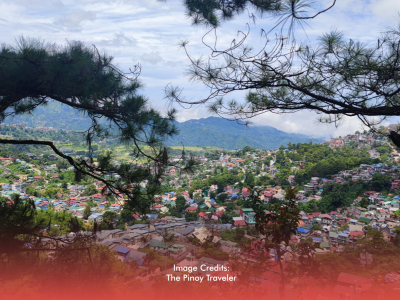The name "Tarlac" traces its roots to the Aeta word "Malatarlak," signifying a talahib-like weed. This area, situated in the western mountain regions, was once inhabited by the Aetas. Established as a province by the Spaniards in 1874, Tarlac emerged from the lands of Pampanga and Pangasinan, shaping its linguistic landscape with Kapampangan and Ilocano dialects.
Today, Tarlac stands as a testament to diversity, housing four distinct ethnic groups: Kapampangans, Pangasinans, Ilocanos, and Tagalogs. This fusion of cultures enriches the province, creating a vibrant mix of traditions and customs.
Culinary Delights and Agricultural Bounty
Renowned for its delectable cuisine and expansive plantations, Tarlac tantalizes taste buds and showcases agricultural prowess. From succulent muscovado sugar to savory chicharon camiling, the province offers a cornucopia of One Town, One Product delicacies, reflecting its rich agricultural heritage.
Flourishing Commerce and Industry
Tarlac's economic landscape thrives on agriculture, with rice and sugarcane reigning as principal crops. Beyond its fertile fields, cottage industries like ceramics flourish, leveraging local resources such as clay. Additionally, mineral reserves and timber contribute to the province's economic vitality.
Exploring Tarlac: Nature's Treasures and Cultural Gems
Mount Pinatubo Crater, Capas
Located in Capas, the majestic Mount Pinatubo Crater beckons adventurers with its stunning vistas and rugged beauty. Formed by a cataclysmic eruption in 1991, this awe-inspiring landscape offers hiking trails leading to a tranquil crater lake, providing a glimpse into nature’s resilience.
Sikwako River Pool, Bamban
In Bamban, the tranquil waters of Sikwako River Pool offer a refreshing respite from the bustling city life. Surrounded by lush foliage and serene ambience, this hidden gem invites visitors to unwind and connect with nature.
Monasterio de Tarlac, San Jose
Perched atop a hill in San Jose, the Monasterio de Tarlac stands as a beacon of spiritual serenity. This sprawling monastery, home to a relic of the True Cross, attracts pilgrims seeking solace and tranquility amidst its picturesque surroundings.
Anzap Twin Falls, Mayantoc
Embark on a journey to Mayantoc and discover the enchanting Anzap Twin Falls, situated amidst verdant forests. Cascading in graceful torrents, these twin waterfalls offer a captivating spectacle, inviting visitors to bask in the beauty of nature.
Nambalan River, San Jose
Flowing through San Jose, the Nambalan River epitomizes the province's natural beauty. Lush banks adorned with tropical foliage provide the perfect backdrop for leisurely boat rides or serene moments of reflection








